As you evaluate different workflow software automation solutions, you’ll come across two big contenders: Pipedrive and HubSpot. Both fall into the category of customer relationship management (CRM) software, and they’re both geared toward small businesses. But they’re not interchangeable, and each offers different features.
The basics
HubSpot started in 2005 as an inbound marketing company, expanding its offerings to a CRM in 2014. The product was designed for marketing teams. Unlike some of the other tools available, it’s split into several packages, the free CRM and the paid Sales, Service, and Marketing Hubs.
The workflow automation features, including email sequences and email scheduling, are available in all three of the Hubs. HubSpot offers a mobile app, but its capabilities are limited.
Pipedrive started as a CRM provider in 2010, primarily for those who work in sales. In fact, the main screen of its software is the sales pipeline. Over the years, the company has added more functionality and higher-priced plans to meet the needs of enterprise users.
Pipedrive offers a lot of the same features as HubSpot: reporting, email sequences, and task management. Pipedrive also offers a mobile app, but it’s just as limited as HubSpot’s.
Workflow automation features
Both Pipedrive and HubSpot offer workflow automation features geared toward sales and marketing. You can set up triggers and corresponding actions. These can be as complex or as simple as you need.
Pipedrive
For much of its life, Pipedrive didn’t have a lot of automation capabilities. The company has been working to catch up and now offers email integration and automation. Pipedrive currently advertises workflow automation as a main feature.
The workflow automation features for sales include automatically sending personalized emails, automatically creating deals when a new contact is added, and creating custom workflows. (You have to be on the Advanced, Professional, or Enterprise plan to take advantage of these features.)
Like HubSpot, you can set up automated emails to go out at predetermined intervals when a deal is created or gets to a certain stage, eliminating the need to manually follow up with a prospect. You can also create webhooks to push updates to the app of your choice.
In addition, Pipedrive includes an artificial intelligence tool called Sales Assist. This tool recommends workflow automations as well as app integrations you can use to be more efficient. Sales Assist is also where you’ll find reporting capabilities similar to HubSpot’s so that you can see how your workflows are performing and refine them as needed.
HubSpot
HubSpot has a lot of workflow automation features, like email sequences, task automation, and predictive lead scoring to help identify the most promising leads. You can set up Slack integrations to be notified of tasks as well, but that feature — and some other advanced ones — aren’t available on the lowest tier paid plan.
HubSpot lets you create lead nurturing workflows, including automated email campaigns, and connect them to a goal. You can use segmentation to determine who’s enrolled in your workflows and personalize emails that go out to prospects and customers. The sales automation tool can help set up timed emails; once a lead is in the system, they can receive emails at predetermined intervals to help move them through the sales pipeline.
As for task automation, HubSpot lets you set up webhooks and lead scoring, move leads into the sales pipeline, and automatically update information in the system. You can set up notifications and tasks for team members to follow up on specific leads.
HubSpot also offers reporting capabilities that let you see how well your automations are performing, which is important for maintenance purposes.
The Verdict
Both Pipedrive and HubSpot can integrate with more than 1,000 apps. These integrations enable you to create workflow automations with other apps you may use.
Pipedrive’s main strength is sales, so if you’re looking for the best workflow automation software for sales teams, go with Pipedrive. Though it offers similar capabilities as HubSpot, it does so at a lower price point. However, if you need a tool that’s better for marketers, or you need marketing capabilities, HubSpot is a better choice.
If you need to use both HubSpot and Pipedrive — or if you’re using one and want to make it easier to transition to the other — a third workflow automation tool can connect them. Zapier lets you create an integration that triggers an action in one program when you do something in another program.
In the Pipedrive vs HubSpot battle, what it ultimately comes down to is what your organization needs — marketing automation, sales, or both. Evaluate both tools before making a decision, and make sure that whatever workflow automation software you choose will let you set up the workflows you’ve already mapped out and integrate with the tools you currently use in your organization.




























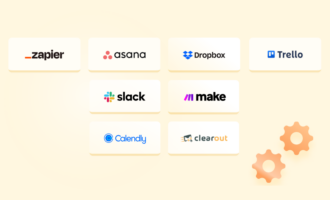









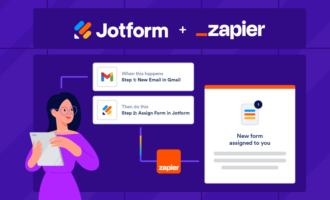











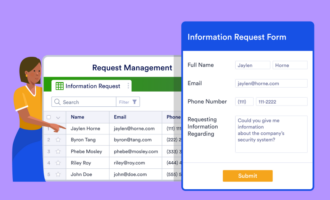


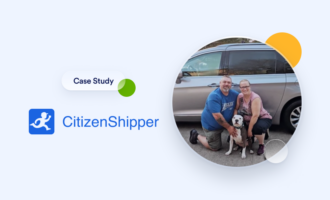















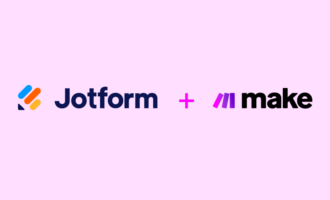








Send Comment: